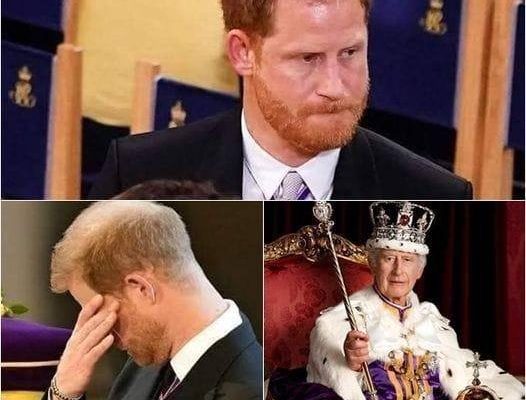Strategic bitcoin reserve

The strategic bitcoin reserve is a reserve asset, funded by the United States Treasury's forfeited bitcoin, announced by President Donald Trump in March 2025. Separately, a digital asset stockpile for non-bitcoin assets was also created. Trump has previously stated that he wants the US to become the "crypto capital of the world".
The reserve will be capitalized with bitcoin already owned by the federal government.[5] The United States is the largest known state holder of bitcoin in the world, estimated to hold about 200,000 BTC, as of March 2025.[6]
The reserve has provoked mixed reactions, from some economists criticizing the idea,[7] to governments of several states initializing similar projects.
During his first presidency (2017–2021), Trump voiced his disapproval of bitcoin and other cryptocurrencies,[11] but later changed his mind.[12]
On July 15, 2024, Donald Trump officially selected JD Vance as his running mate for the presidential election.[13] Vance was the first known Bitcoin owner to run for vice-president.[12] On July 27, 2024, Trump announced his intention to establish a bitcoin reserve, if elected.[14]

On July 31, 2024, Republican senator Cynthia Lummis introduced BITCOIN Act proposing the creation of a strategic bitcoin reserve and a purchase of 1,000,000 BTC for it. The Act was blocked by Democrat senator Sherrod Brown.[15][16]
In August 2024, Trump disclosed that he owns $1-5 million worth of ethereum.[17]
In November 2024, Trump chose Howard Lutnick to be the United States Secretary of Commerce. Lutnick owns “hundreds of millions of dollars” in bitcoin, according to his own public statements.[18][19]
In December 2024, Trump said he would nominate Paul S. Atkins to run the Securities and Exchange Commission (SEC). Atkins has been involved in several cryptocurrency advocacy groups, including the Token Alliance and the Chamber of Digital Commerce.[20] Gary Gensler, the head of the SEC at the time, was a "staunch advocate of sweeping cryptocurrency regulation".[21]
In January 2025, Trump signed an executive order, titled "Strengthening American Leadership in Digital Financial Technology," established the Presidential Working Group on Digital Asset Markets to evaluate the potential creation of a national digital asset stockpile and to propose criteria for establishing such a stockpile. The order also proposed to use lawfully seized cryptocurrencies to fill the stockpile.[22]
In February 2025, the House Committee on Financial Services and the Senate Banking Committee held hearings on the topic of Biden's administration's alleged attempts to suppress the American cryptocurrency industry.[23][24]
On March 3, 2025, President Trump announced that the reserve would include Solana (SOL), Cardano (ADA), Ripple (XRP), Ethereum (ETH), and Bitcoin (BTC) aiming to make the US the "Crypto Capital of the World" and support industry growth.[25][26][27] The announcement caused the prices of Solana, Cardano, and XRP to jump after Trump's announcement, followed by the prices gradually declining on Monday.[28]
The reserve is intended to elevate the digital asset sector, responding to what Trump described as previous Biden administration attacks. It marks a shift from a vague stockpile concept to naming specific cryptocurrencies, potentially purchased or held by the government for strategic purposes. The working group, chaired by the White House AI & Crypto Czar David Sacks, is expected to provide recommendations by July 2025.[2]
The next day after signing the second executive order, Trump held a "Digital Asset Summit" in the White House, attended by representatives of major American crypto companies, including Chainlink, Gemini, Robinhood, Kraken, MicroStrategy, Coinbase, Paradigm, and others.[29]
On March 11, 2025, senator Cynthia Lummis introduced a bitcoin reserve bill again, this time co-sponsored by 5 other senators. The bill would direct a purchase of 1 mln BTC over five years, by diversifying existing federal funds. According to Lummis, the bill will transform "the president’s visionary executive action into enduring law".[30][31]
On March 24, 2025, Bo Hines, the executive director of the President’s Council of Advisers on Digital Assets, stated that selling some of the U.S. gold holdings would be a budget-neutral way to acquire more bitcoin.[32]
In March 2025, two federal banking regulators (OCC and FDIC) announced that banks do not need to receive advance permission to engage in cryptocurrency anymore.[33][34] In April 2025, the U.S. Justice Department disbanded its National Cryptocurrency Enforcement Team, citing a Trump's order to allow citizens to access blockchain networks without facing persecution.





